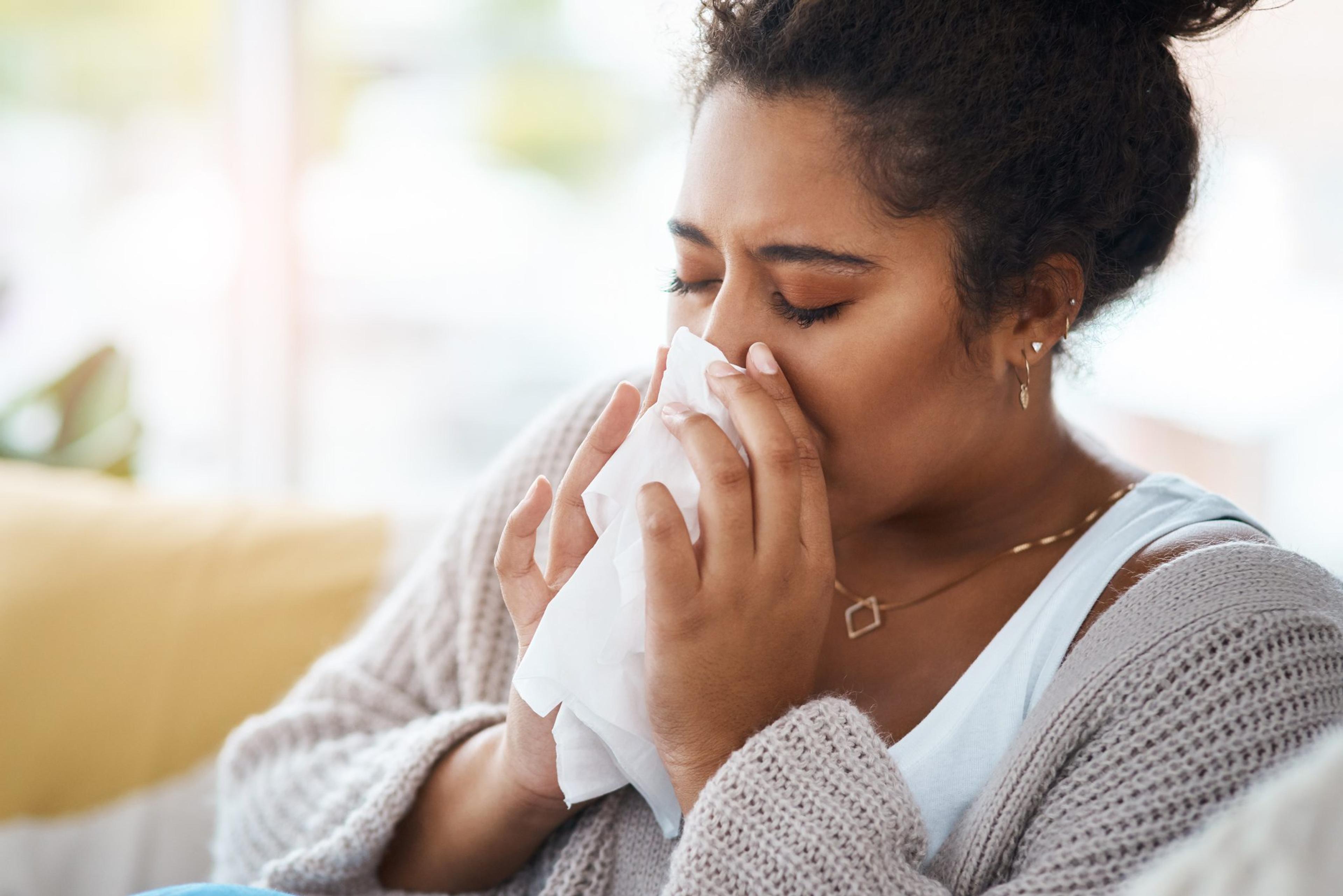The Difference Between COVID-19 and the Flu

Blue Daily
| 4 min read

With both flu and COVID-19 viruses circulating, getting vaccinated and protecting against both illnesses should still be a top priority in 2025.
Both COVID-19 and the flu are serious illnesses. While there are similarities between the two, there are significant differences as well. The most important action you can take to protect yourself against them during the 2025-2026 flu season is to get vaccinated against both illnesses, which you can do safely at the same time. Here is more information to know.
Covid vs flu: what are the differences?
Speed of transmission: COVID-19 is considered more contagious than the flu virus and has been observed to have more superspreading events than the flu. Additionally, if a person has COVID-19, they could be contagious for a longer time than if they had the flu.
Complications: While there can be complications from both the flu and COVID-19, there are differences. COVID-19 can cause blood clots in the veins and arteries of the lungs, heart or brain, as well as Multisystem Inflammatory Syndrome in children and adults. Additionally, some people may experience "long COVID," a range of symptoms that can last for weeks or months.
Treatments: There are four U.S. Food and Drug Administration (FDA) approved antiviral therapeutic medications available to treat the flu and three now available to treat COVID-19.
Virus: COVID-19 is caused by a newly discovered strain of coronavirus, which is called SARS-COV-2. In humans, the flu is caused by two types of viruses: influenza A and influenza B. There are subtypes of each. For example, H1N1 is a subtype of influenza A and was responsible for the 2009 flu pandemic.
How are COVID-19 and the flu similar?
At-risk populations: People most at-risk for severe illness from the flu and COVID-19 are pregnant women, older adults, infants and children, and people with certain underlying medical conditions. However, healthy individuals can also become severely sick from COVID-19.
Symptoms: Both COVID-19 and the flu cause many of the same respiratory disease symptoms, including fever, chills, cough, shortness of breath, sore throat, runny nose, muscle or body aches, vomiting, diarrhea, headaches and fatigue. However, COVID-19 could also cause a loss of taste or smell.
Transmission method: Both COVID-19 and the flu are transmitted by droplets through close contact. This can be through large and small particles containing the viruses that are expelled when a person who is contagious coughs, sneezes or talks. This means the same precautions will work against both illnesses: frequent hand washing, social distancing and wearing face coverings.
Available vaccine: There are vaccines available for both COVID-19 and the flu.
Why the Flu Shot and COVID-19 Vaccine are important
Though the flu shot will not protect individuals against COVID-19, the vaccine has many other important benefits. Having more people vaccinated against the seasonal flu will decrease the number of people who get seriously ill from the flu this winter.
As both influenza and COVID-19 are now endemic, health care providers will deal with both illnesses during the fall and winter months. Vaccines help protect those health care workers and their patients.
The Centers for Disease Control and Prevention (CDC) recommends flu and COVID-19 shots for everyone ages 6 months old and up. Getting the flu vaccine can reduce risk of needing to visit the doctor by 40% to 60% and death by 30%.
Flu season typically begins in October and peaks in December and February – though cases can continue through the spring. The composition of flu vaccines is updated annually to protect against current strains of the virus. The 2025-2026 flu vaccines are trivalent and target the H1N1, H3N2 and influenza B/Victoria lineage viruses, like last flu season.
Similarly, COVID-19 vaccines are updated each year to target dominant strains of the virus. This year, the shots will focus on the JN.1-lineage of strains, with a preference for the LP.8.1 strain.
For most people who need only one dose for the season, September and October are generally good times to get vaccinated for both the flu and COVID-19. While it’s recommended to get vaccinated by the end of October, it’s important to know that vaccination after October can still provide protection during the peak of flu and COVID-19 season.
More from MI Blue Daily:
Photo credit: Getty Images





